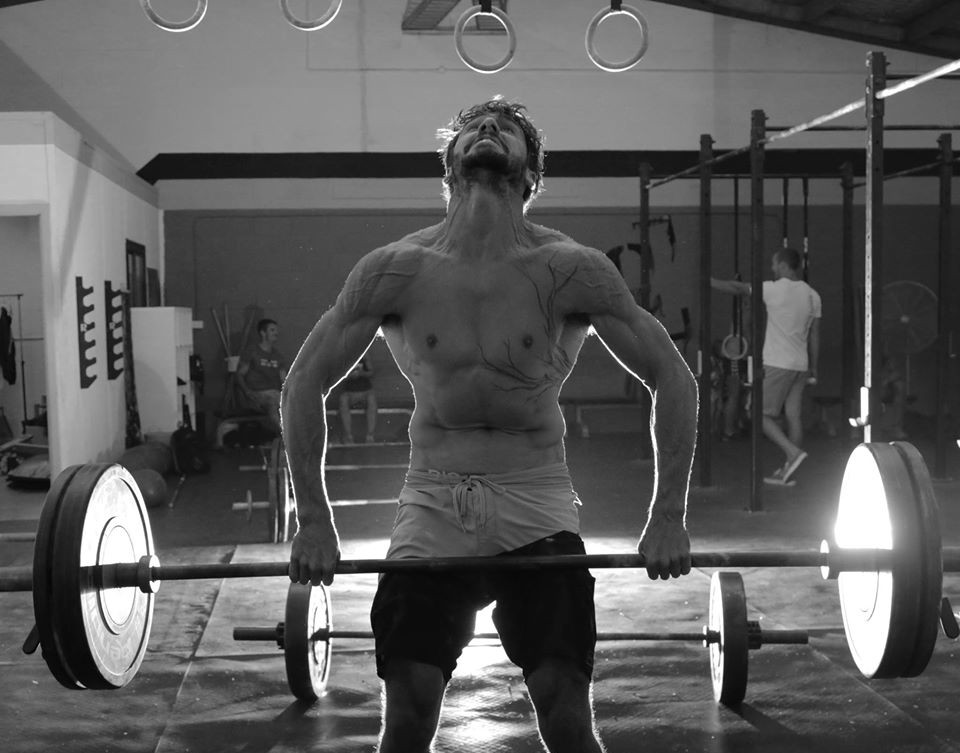
Motorcycle accidents, a prevalent issue on roads worldwide, carry significant concern due to their high fatality rate. The thrill and sense of freedom that motorcycle riding offers often come with a high price when safety is compromised. This document aims to unveil the leading causes of motorcycle accidents, providing an in-depth analysis to equip riders, policymakers, and traffic safety organizations with essential insights for accident prevention. We’ll delve into various factors, from human error and road conditions to weather influences and mechanical failures, to holistically address this multifaceted issue.
Speeding
This is a major cause of motorcycle accidents. Riders may be tempted to test the limits of their machines, leading to high-speed incidents that can have fatal consequences. Motorcyclists are also particularly vulnerable to failing to account for speed when navigating curves and turns, which can lead to catastrophic outcomes in severe cases.
However, human error isn’t the only factor that contributes to speeding-related accidents; road conditions can be a major contributor. For instance, if the roads are not maintained properly, it could result in potholes and other irregularities that can cause riders to lose control of their machines or veer off trajectory while attempting to navigate them.
Sideswipe
When it comes to one of the leading causes of motorcycle accidents, sideswiping is a major factor. This type of accident occurs when a vehicle’s path takes it into the lane of an oncoming motorcyclist, resulting in an impact that can be devastating for both parties involved. Generally, cars and trucks are usually at fault in these types of collisions as they fail to give motorcycles sufficient space while passing or switching lanes. However, motorcycle riders should take extra precautions while sharing the road with larger vehicles to stay safe. Namely, motorcycle crash statistics suggest that a sideswipe could be the major accident type in the city of San Diego.
In addition to maintaining a safe speed and being vigilant for signs of vehicles changing lanes, riders must ensure the proper functioning of their headlights and brake lights. This precaution is crucial as motorcycles without adequate lighting often go unnoticed by cars, significantly elevating the potential for sideswiping accidents.
Weather Conditions
Inclement weather can be a major factor in motorcycle accidents as these conditions can limit visibility and reduce tire traction on roads. Rain, snow, fog, and windy days all pose serious risks for motorcyclists and should be accounted for before heading out on the roads.
When embarking on a ride, riders must give careful thought to the obstacles that changing weather conditions present. These challenges encompass reduced visibility and compromised road stability, making them crucial factors to consider. These factors necessitate adjusting riding speed accordingly. In wet conditions, motorcyclists should exercise additional caution by avoiding puddles and further reducing speed when approaching curves or turns.
Mechanical Failures
Though not as common, mechanical failures can be a major factor in motorcycle accidents. Older motorcycles may be more prone to malfunctions due to aging parts and components that are no longer fit for use. Riders should always make sure their vehicle is up-to-date on maintenance and check the bike before each ride. This will dramatically reduce the risk of mechanical failure-related incidents while driving.
A lot of times, riders tend to ignore the danger of mechanical failure and instead focus on riding skills. It can be easy to forget that your motorcycle is a machine that needs regular maintenance and care, but it is important to prioritize these safety measures. Regular vehicle checks are an important part of motorcycling safety, as they can help riders identify potential problems early on before they lead to a dangerous incident.
Pedestrian Hazards
Pedestrians can pose a major hazard for motorcycle riders, as these individuals often don’t take the necessary safety measures when crossing roads or walking on sidewalks. Motorcyclists should always be aware of their surroundings and look out for pedestrians who may step into the road without warning.
Exercising caution and slowing down in residential areas, particularly near schools and playgrounds, is essential. Being mindful of pedestrians who may be more inclined to take risks when crossing the street is also suggested. Furthermore, drivers should refrain from riding on sidewalks or other pedestrian-only paths, as this not only jeopardizes their safety but also that of pedestrians. Let’s prioritize everyone’s well-being on the road!
Overturning
Overturning is another major cause of motorcycle accidents and can happen due to a variety of factors. Heavy braking, excessive speed, and uneven surfaces are all potential causes of this type of incident. Riders should always keep an eye out for changes in terrain and adjust their speed accordingly when approaching curves or turns.
To prevent skidding and maintain traction, it is important for motorcyclists to gradually apply the brakes. Sudden braking can lead to loss of control and potential overturning. Additionally, riders should be mindful of their weight distribution while cornering. An unbalanced position can result in the bike sliding or swerving off course.
Rear-Ending
Rear-ending is another major factor in motorcycle accidents. This type of incident often happens when drivers fail to give motorcycles the necessary space while driving or switching lanes. Furthermore, many rear-end collisions are due to human error, such as failing to account for a bike’s small size and fast speed while changing lanes. While these incidents are more likely to occur in busy traffic, they can happen anywhere on the road.
For example, in the case of a single-lane road, motorcyclists should be aware that they are at risk of being rear-ended due to their limited size. If you notice a car approaching from behind, it is best to increase your speed and keep away from the vehicle’s blind spot. This will ensure that the driver can see you better and allow for a greater safety margin.
In conclusion, several factors contribute to motorcycle accidents, from sideswiping and weather conditions to mechanical failures and pedestrian hazards. While some of these risks are inherent to the nature of motorcycling, many can be mitigated through increased awareness and safety measures. Regular vehicle maintenance, adhering to speed limits, and being consistently aware of one’s surroundings are crucial in reducing the likelihood of accidents. Motorcyclists have the responsibility to prioritize their safety and the safety of others by driving defensively and responsibly. Remember, on the road, everyone’s well-being is interconnected. The best way to ensure a safe ride is for everyone to look out for each other. Let’s make the roads safer for all of us!


















Follow Us